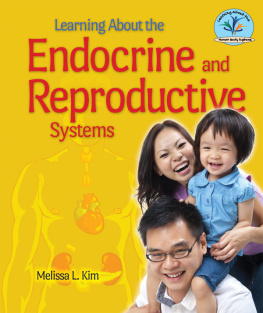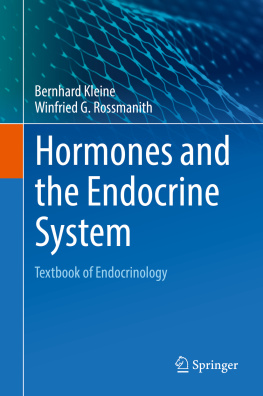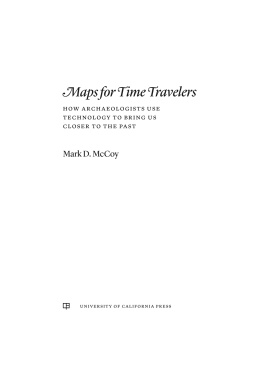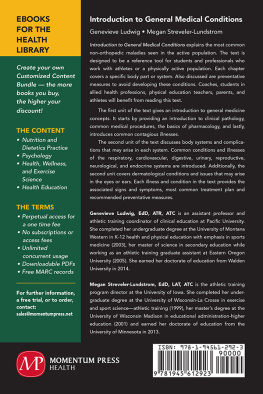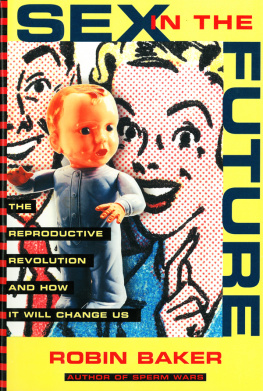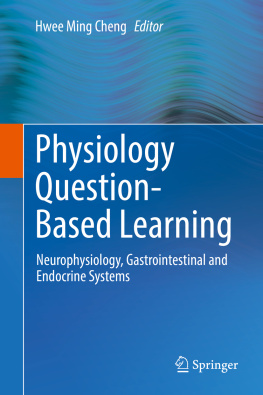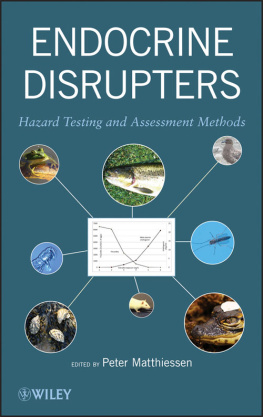Systems for Growing
The endocrine system enables a person to grow, respond to change and stress, and turn food into energy. The reproductive system has one crucial task: that of making the next generation of people. Learn how these two remarkable systems work together to ensure survival of the human race.
About the Author
Melissa L. Kim has an extensive background in journalism and publishing. She is also the author of six childrens books and many newspaper, magazine, and online articles for children and young adults.

Image Credit: Life Art, Williams & Wilkins
Hormones secreted by the endocrine glands direct activities in many parts of the body.
What do a pounding heart, a beard, and a baby have in common? The endocrine system plays a key role in all three. Although it doesnt get as much attention as the reproductive system, the endocrine system is crucial. Without it, a person would never grow, would not be able to respond to change or stress, and could not turn food into energy. The endocrine system works hand in hand with the reproductive system in its role of creating babies.
The reproductive system has only one task: that of making the next generation of people. While the reproductive system plays no role in keeping an individual person alive, it is essential for the survival of the human race.
There is no such thing as an endocrine. The word endocrine is an adjective. It describes something that is internal. It is almost always used to describe a gland. A gland is a cell or group of cells that produce and release chemicals or substances. This process is called secretion.
An endocrine gland is a gland that secretes substances inside the body. The substances enter the bloodstream and eventually react with cells that are in some other part of the body. The endocrine system is the network of connected endocrine glands.
There are two major types of glands, endocrine and exocrine. An exocrine gland is a gland that secretes substances into nearby ducts. For example, sweat is produced by exocrine glands. So is saliva.
There are nine major glands that make up the endocrine system, ranging from the pituitary gland and the thyroid to the ovaries and the testes. Together, they keep the body functioning.
Some control growth and development, helping a baby grow and telling the body when to start puberty (sexual development) and grow body hair. Others instruct the body to convert food into energy and help to regulate the amount of sugar, salt, and water in the bloodstream.

Image Credit: Life Art, Williams & Wilkins
An endocrine gland secretes substances into the bloodstream.
Endocrine glands also control a womans monthly menstrual cycle and the process of reproduction, or making a baby.
These glands help the body fight infection and deal with stress. When people are in physical danger, their bodies tense up, ready to confront the danger or to run away. This fight or flight response is possible thanks to an endocrine gland.
Endocrine glands perform their tasks by secreting or releasing hormones. Hormones are chemicals that travel through the bloodstream and carry messages to organs and glands. The body has more than two hundred different hormones.
Hormones tend to fall into two groups. One type, made from protein, dissolves in water. The other type is called a steroid, an organic compound that does not dissolve in water and survives longer than the protein-based hormone.
The endocrine system must carefully balance the amount of hormones in the body. Too much or too little of a hormone can be dangerous.
The endocrine glands arent the only parts of the body that make hormones. Some organs in the body produce hormones, too. The heart produces a hormone that helps reduce blood volume and pressure. Hormones that help the body digest food are made in the stomach and intestines.
Even the creation of a baby requires the endocrine glands. The sex organs, the ovaries and the testes, act as endocrine glands and are the driving forces behind the entire reproductive system. These glands, and the hormones they produce, control a womans monthly menstrual cycle and the process of reproduction, or making a baby.
Sex organs are also called the gonads. The ovaries are the female gonads, and the testes are the male gonads. Together, they secrete the hormones that are needed to produce and fertilize an egg that will grow into a baby.

Image Credit: Digital Stock, Corbis Corp.
The sex organs are glands that secrete the hormones necessary to produce a baby.
The reproductive system needs these endocrine glands to function. In both men and women, reproduction is really a cycle of changes that occur in the body. The hormones produced by endocrine glands keep those cycles going. That is why it is impossible to talk about one system without the other.
Like a baseball team, the endocrine system has nine starting players. Each one has a very different role, but they all have the same purpose: to regulate or control the bodys functions.
The nine players are all glands. Many other parts of the body work with the endocrine system. Organs, muscles, and tissues all play a part, especially in the reproductive system.
The pituitary gland used to be thought of as the master gland. That is because the hormones it releases affect so many bodily functions. The pituitary gland makes the body grow, determines when boys and girls reach puberty (develop sexually), aids in the creation of a baby, controls how the body uses food for energy, and even makes the skin tan. About the size of a jelly bean, this gland is attached to the base of the brain.
Scientists now know that the real master in control of the endocrine system is found in a specific region of the brain called the hypothalamus. The hypothalamus, a group of nerve cells, is the part of the brain that regulates internal body processes.
A stalk of fibers attaches the pituitary gland to the hypothalamus. The hypothalamus sends messages to the pituitary gland in two ways: through nerve impulses and through chemicals in the bloodstream. In this way, the pituitary gland links the endocrine system to the nervous system.
There are two sections, or lobes, in the pituitary gland. The hypothalamus sends instructions, through the bloodstream, to the front lobe, called the anterior lobe. There, seven important hormones are produced. Some pass along instructions to other glands, while some have a direct impact on body functions.

Image Credit: Life Art, Williams & Wilkins
PITUITARY GLAND
Growth hormone goes into the bloodstream and affects the entire body. It determines how long the bones are, how fast a body grows, and how tall a person will be.

